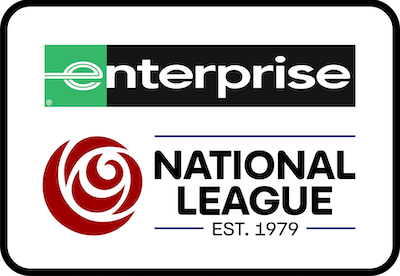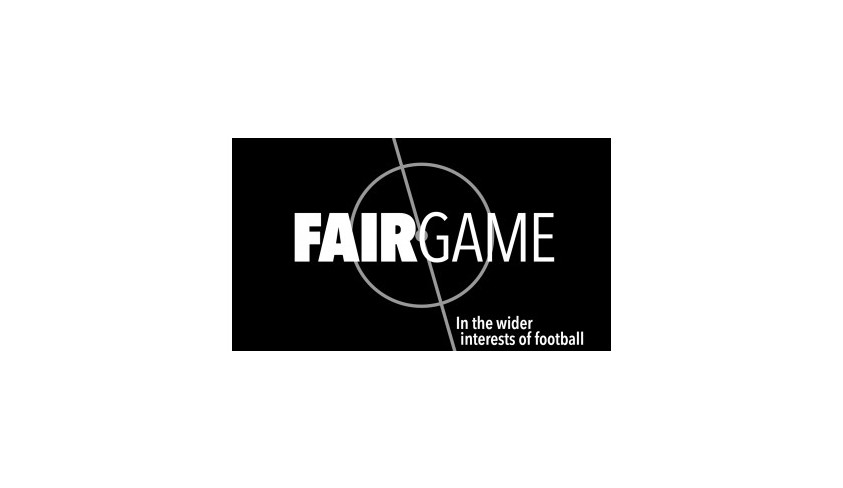Leavy could pay help struggling lower league clubs
FAIR GAME is calling for the Government to add a ‘transfer levy' to its package of reforms for football.
The levy was first put forward by the former sports minister Tracey Crouch MP as part of the Government’s fan-led review of football governance.
The levy is a stamp duty on transfers between Premier League clubs, and between Premier League clubs and overseas clubs.
Using data from the last five years, if a 10 per cent levy had been in place it would have led to an extra £160m to Football League clubs and the grass roots game each year.
As part of a wider fairer financial flow in football, the move could help provide a vital life line to clubs below the top flight that continue to struggle with the fall out of the pandemic and the day-to-day challenges of the cost-of-living crisis.
Speaking ahead of deadline day, Niall Couper, the CEO of Fair Game, said:
“The dreams of signing the likes of Moises Caicedo, Declan Rice and Rasmus Hojlund, and a place among the world’s elite has led to a gambling culture in English football that has put the very future of dozens of our clubs at risk.
"On the one hand we have normalised the £100m transfer. On the other, Fair Game research has revealed that 39 clubs are technically insolvent. And since the start of the Premier League 64 clubs in our top four divisions have gone into administration.
"No wonder there is growing support for a ‘solidarity levy’.
“If the levy had been in place over the last 12 months, that would have raised over £200m.
“It would transform the lower echelons of the football pyramid, protecting the domestic transfer market for EFL clubs and lower, and giving a much-needed cash injection into clubs that have been left on the brink by the pandemic and the cost-of-living crisis. That would be life-changing for football in this country.”
Facts and figures
In the Summer 2022 transfer window, Premier League clubs spent £1.9bn – that’s FORTY times more than the Premier League gives to the 140 professional clubs below the Championship and in the women’s game.
Current big deals
- Moises Caicedo £115m
- Declan Rice £105m
- Josko Gvardiol £77.6m
- Rasmus Hojlund £72m
- Kai Havertz £65m
- Mason Mount £60m
- Dominik Szoboszlai £60m
- Sandro Tonali £55m
- Jeremy Doku £55m
What could the money buy?
- A League Two kitman earns around £20,000 a year.
- A senior physio at Watford’s academy earns around £30,000 a year.
- The Head Groundsperson at Norwich City earns just over £45,000 a year.
- A League One Chief Executive earns around £90,000 a year.
- Shrewsbury Town's annual energy bill is around £180,000 a year.
- According to Sponsorlytix, top Championship side Leeds United spend £390,000 a year on travel to away games (train, coaches and hotels).
- Cambridge’s Category 3 Football Academy costs £865,000 to run.
- A 3G full-size football pitch according to Sport England’s facility guide costs £1.1m.
- Accrington Stanley’s new hospitality suite - including three bars - cost £2.5m to build
- Exeter City’s new state-of-the-art training complex cost £3m to build.
- Charlton’s award-winning League One community programme costs £5.4m a year.
- AFC Wimbledon’s top-of-the-range 9,000 all-seater stadium cost £32m to build.
Finances
Since the start of the Premier League, there have been 64 incidents of clubs in the top four divisions going into administration.
Based on 21/22 Companies House accounts:
- 39 of the 89 clubs that filed accounts are technically insolvent (44%)
- 31% of clubs were spending more than they earn on players’ wages - that figure rises to 68% when you look at the Championship
- Championship clubs spent on average 126% of their revenue on players’ wages
Average club revenue
- Premier League: £273.0m (£169.5m excl Big 6. Big 6 average £514.5m)
- Championship: £27.2m (£19.8m excl. teams in receipt of PPs)
- League One: £11.0m (based on 18 teams that submitted a P&L)
- League Two: £5.3m (based on 14 teams who submitted a P&L)
Average club loss
- Premier League: £29.0m
- Championship: £11.2m
- League One: £2.2m
Note: League Two clubs make an average £0.2m profit
The losses are covered by cash injections from owners, player sales or third party debt. In short for most clubs if an owner was to walk away the club’s future is instantly in doubt. Football’s culture needs to change to become sustainable. Football needs to reward well-run clubs.
TV revenue
Of the £3.19bn of TV revenue distributed to the top seven divisions each year, only 12% goes to clubs outside the Premier League. In the 2022/23 season, the £3.19bn was split as follows:
- 88.242% to Premier League clubs;
- 7.348% to the five clubs receiving parachute payments;
- 3.285% to the other 19 clubs in the Championship;
- 0.622% to League One clubs;
- 0.415% to League Two clubs;
- 0.058% to National League clubs;
- 0.015% to National League North clubs; and
- 0.015% to National League South clubs.
For every £1000 of TV revenue, £882 goes to Premier League clubs, but just 15p to National League South sides.
Attendances
In the 2022/23 season, each weekend 890,944 people watched football in the top seven divisions of the English football pyramid, of which:
- 45.16% went to a Premier League match;
- 6.57% to a Championship match hosted by a club receiving parachute payments;
- 18.89% to other Championship matches;
- 14.31% to a League One match;
- 7.81% to a League Two match; 4.60% to a National League match;
- 1.45% to a National League North match; and
- 1.20% to a National League South match.
For every 1000 people who watch football in the English pyramid each weekend, 452 watch a Premier League match and 12 watch a match in the National League South.
In the 2022/23 season, on an average weekend more people watched National League football than Chelsea.














-article-list.jpg)